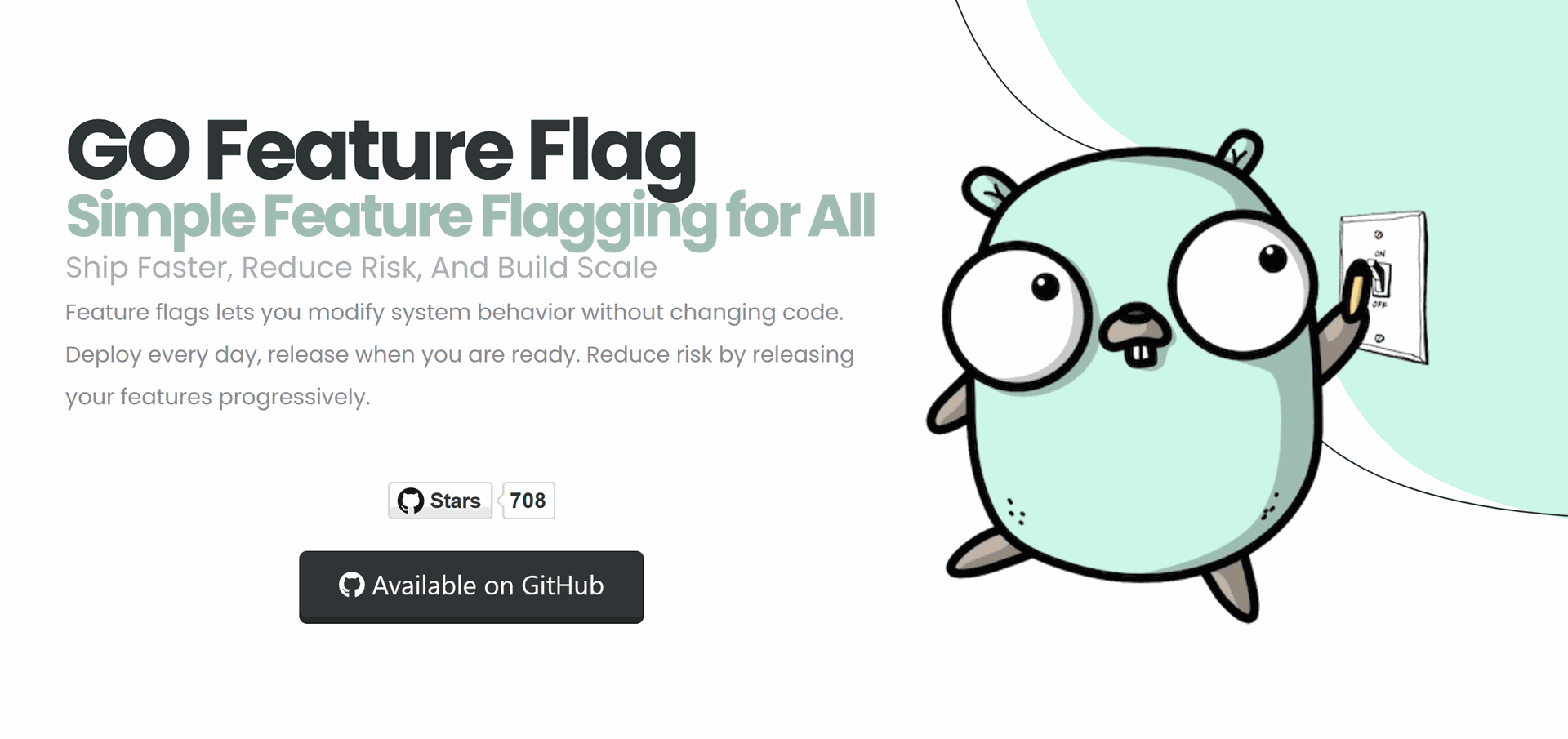
Feature flags, also known as feature toggles or feature switches, are a crucial component in modern software development. They enable teams to deliver new features gradually, test functionalities in isolation, and conduct A/B testing effectively. As the demand for feature flag management tools continues to rise, developers seek reliable, scalable, and efficient solutions to streamline their development processes.
Introducing FeatBit
One such solution gaining traction in the developer community is FeatBit. FeatBit is a fast, scalable, and open-source feature flag management tool designed to simplify feature rollout and experimentation. Its intuitive interface and robust feature set make it an attractive option for development teams of all sizes.
Key Features of FeatBit:
- Scalability: FeatBit is built to handle large-scale applications effortlessly, ensuring seamless feature flag management even in complex environments.
- Real-time Updates: Developers can make changes to feature flags in real-time without requiring redeployment, enabling rapid iteration and experimentation.
- User Segmentation: With FeatBit, teams can target specific user segments for feature rollout, allowing for precise testing and analysis.
- Integration Support: FeatBit seamlessly integrates with popular development tools and frameworks, facilitating smooth adoption within existing workflows.
Now, let's delve into a comparison of FeatBit with four other leading open-source feature flag management tools:
1. Unleash
Unleash is a feature flag service that provides a powerful set of features for managing feature toggles. It offers a user-friendly dashboard, robust targeting capabilities, and support for multiple programming languages. However, some users may find its scalability limitations and lack of certain advanced features restrictive for larger projects.
2. Flagsmith
Flagsmith is another notable open-source feature flagging platform known for its simplicity and flexibility. It offers a clean user interface, role-based access control, and support for multi-environment deployments. While Flagsmith excels in usability, some users may find its community support and documentation lacking compared to other options.
3. GoFeatureFlag
As the name suggests, GoFeatureFlag is tailored for projects built with the Go programming language. It boasts high performance, easy integration with Go applications, and a lightweight footprint. However, its narrow focus on Go-centric projects may limit its appeal for teams working with diverse tech stacks.
4. Growthbook
Growthbook stands out for its emphasis on experimentation and data-driven decision-making. It offers a suite of tools for running experiments, analyzing results, and driving growth initiatives. While Growthbook excels in its experimentation capabilities, developers seeking a dedicated feature flag management solution may find it overly complex for their needs.
5. PostHog
PostHog is an open-source product analytics platform that includes feature flagging as one of its core functionalities. It offers a comprehensive suite of analytics tools, event tracking capabilities, and customizable feature flags. However, its focus on analytics may overshadow its feature flag management capabilities for some users.
In conclusion, FeatBit emerges as a strong contender among the best free and open-source feature flag management tools. Its combination of scalability, real-time updates, user segmentation, and integration support makes it a versatile choice for development teams looking to streamline their feature rollout processes. However, the selection of the right tool ultimately depends on the specific requirements and preferences of your project. Consider experimenting with multiple options to find the perfect fit for your team's needs.